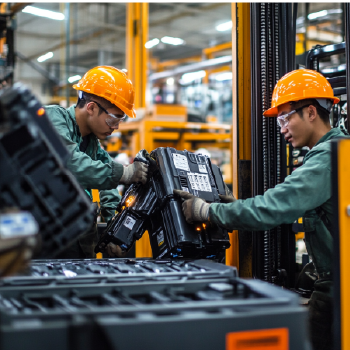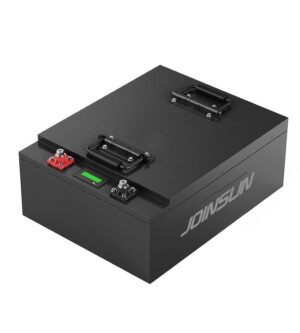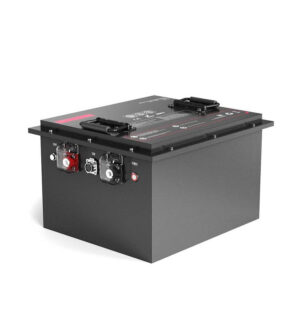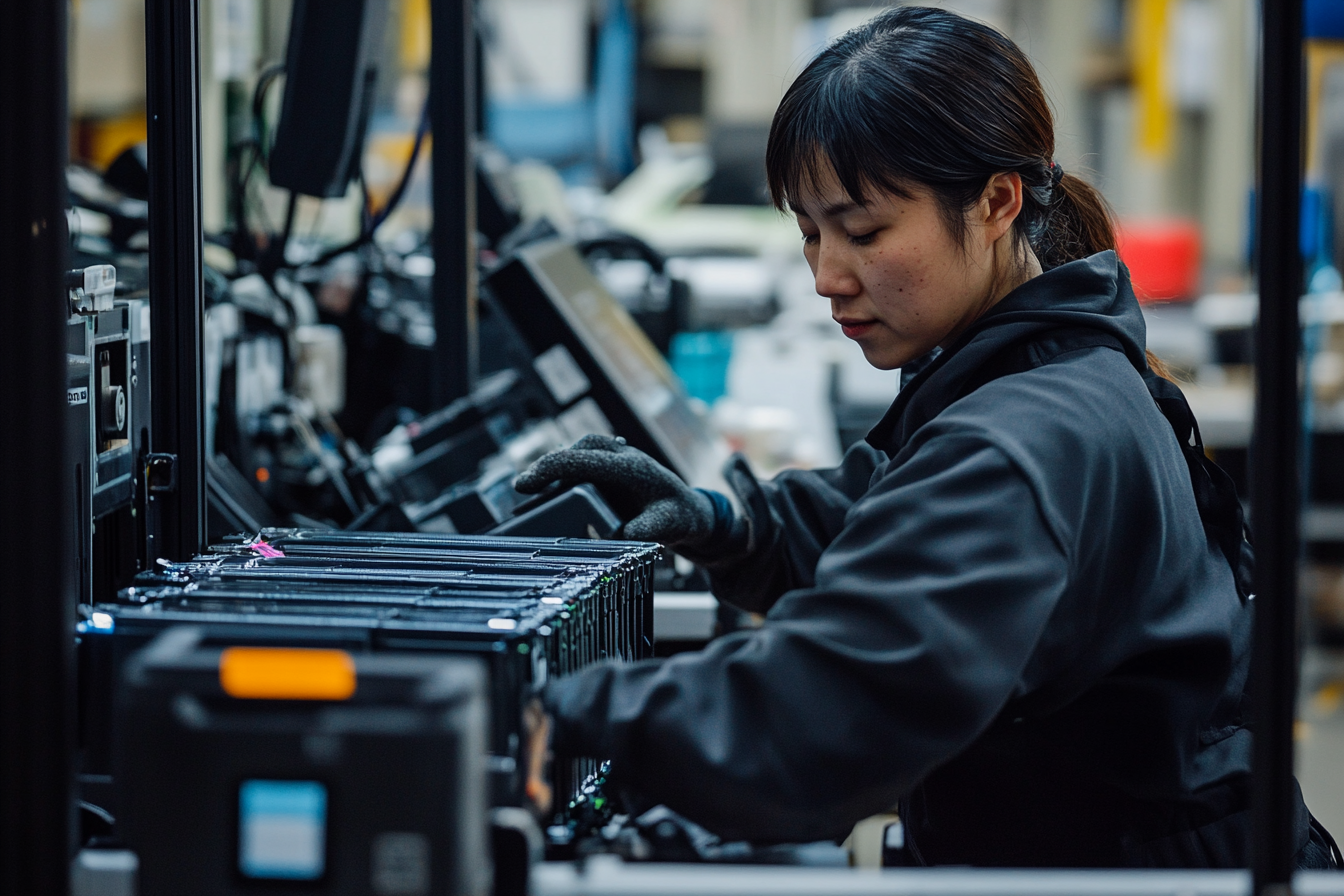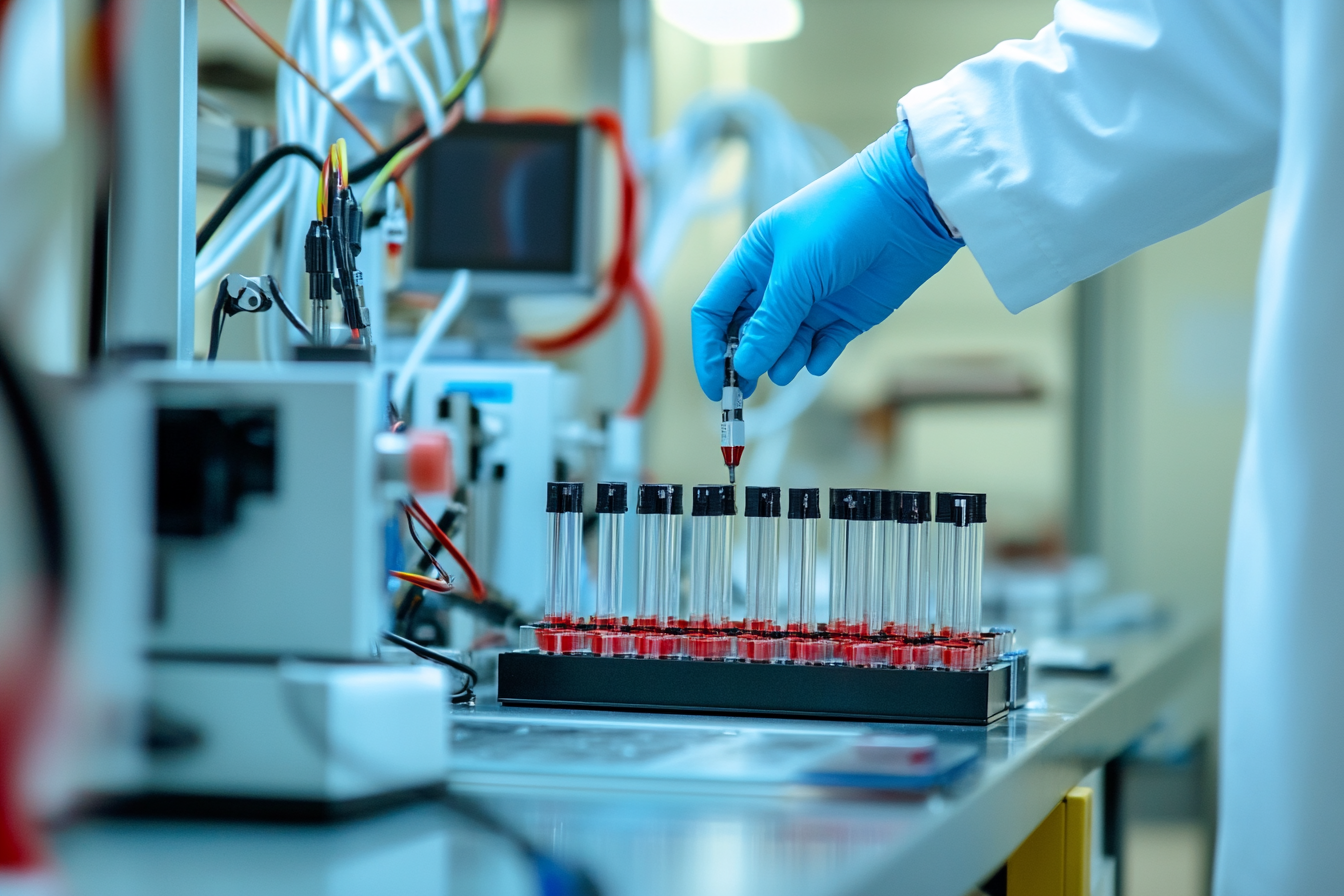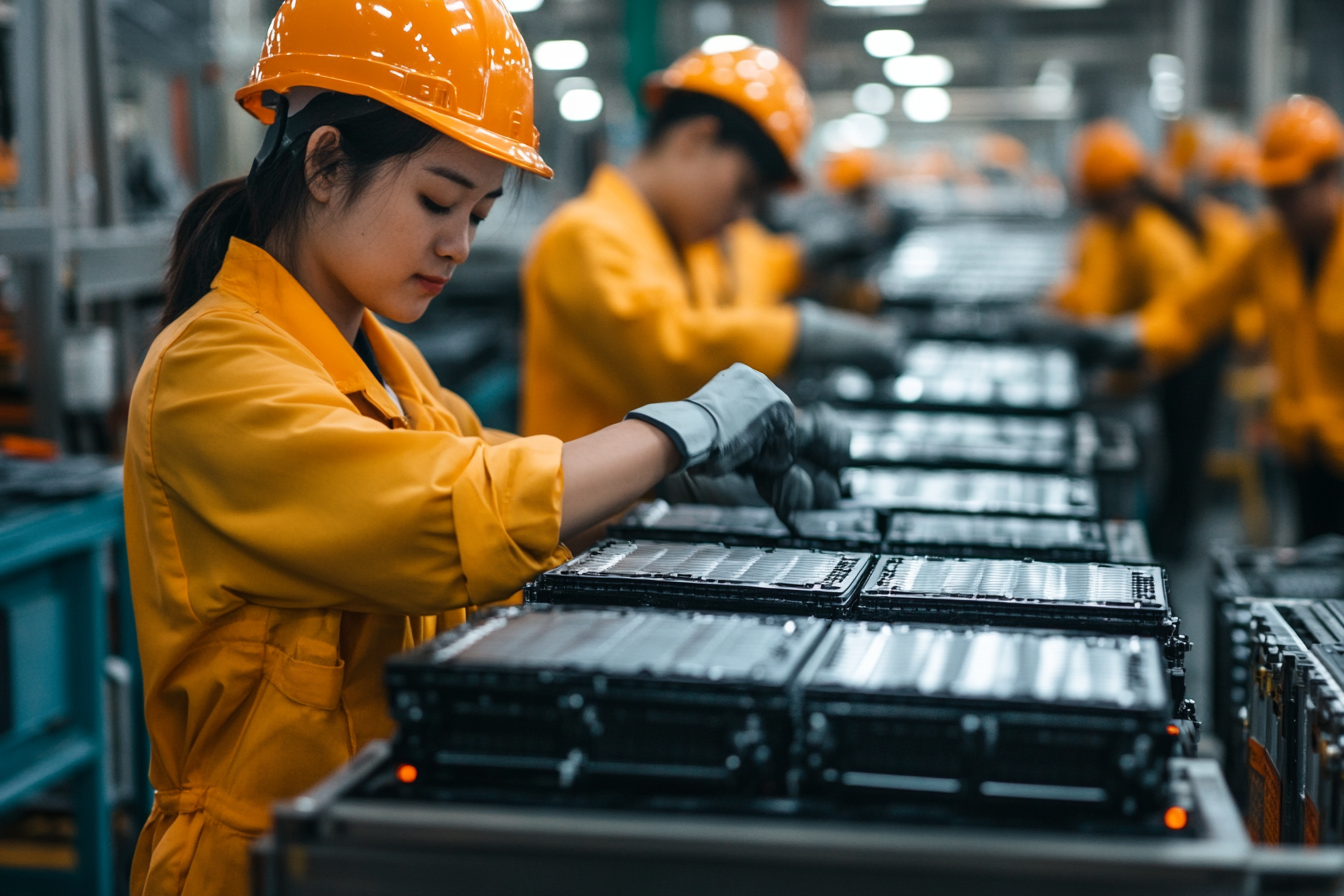In my 15 years of supplying industrial power solutions, I've witnessed countless businesses struggle with forklift downtime due to battery issues. The right battery choice can mean the difference between smooth operations and costly interruptions, impacting your bottom line significantly.
Lithium-ion batteries1 have emerged as the most reliable forklift power solution, offering up to 3,000-4,000 charging cycles, minimal maintenance requirements, and consistent performance throughout their lifecycle compared to traditional lead-acid alternatives.
Having worked closely with warehouse operators across Australia and Southeast Asia, I've seen how battery reliability directly impacts operational efficiency. Let me guide you through my experiences and findings to help you make an informed decision for your fleet.
The landscape of forklift batteries has evolved dramatically in recent years, with new technologies offering improved reliability, reduced maintenance, and enhanced performance. Through extensive testing and real-world applications, we've gathered comprehensive data on battery performance across various operational conditions, temperature ranges, and usage patterns. Let's dive deeper into the options available and examine what makes certain batteries more reliable than others.
What Are the Different Types of Forklift Batteries Available?
Working with diverse clients across the industrial sector, I've encountered various forklift battery types, each with unique characteristics. The evolution of battery technology has given operators more choices than ever before.
Modern forklift operations primarily rely on three main battery types: traditional lead-acid (flooded and sealed), lithium-ion2, and thin plate pure lead (TPPL) batteries, each designed to meet specific operational needs and environmental conditions.
Let's examine how these battery types revolutionized material handling operations through my experience with Eric, an operations manager at a prominent Australian forklift manufacturing company.

Traditional Lead-Acid Batteries: The Industry Standard
Traditional lead-acid batteries have been the backbone of the forklift industry for decades. During my early years in the field, I worked extensively with these systems, understanding their strengths and limitations firsthand.
These batteries utilize a proven technology that combines lead plates with sulfuric acid electrolyte. The chemical reaction between these components generates the electrical power needed to operate the forklift. While relatively inexpensive upfront, they require regular maintenance and specific charging protocols.
Through my collaboration with various warehouse operations, I've observed that lead-acid batteries typically provide 1,500 charging cycles when properly maintained. However, this figure can vary significantly based on usage patterns and maintenance practices.
Lithium-Ion Technology3: The Modern Solution
The introduction of lithium-ion technology marked a significant turning point in forklift battery evolution. When I first started recommending these systems to clients like Eric, many were skeptical about the higher initial investment.
Lithium-ion batteries utilize advanced chemistry and sophisticated battery management systems (BMS) to deliver consistent power output. The absence of liquid electrolytes eliminates the risk of acid spills and reduces maintenance requirements substantially.
These batteries consistently demonstrate superior performance metrics, with charging cycles ranging from 3,000 to 4,000, and faster charging capabilities that can reach 100% capacity in as little as one hour.
TPPL Batteries: The Hybrid Option
Thin Plate Pure Lead technology represents a middle ground between traditional lead-acid and lithium-ion solutions. Through my work with various industrial clients, I've found TPPL batteries particularly suitable for operations with moderate usage requirements.
These batteries feature thinner, pure lead plates that enable faster charging and better energy density compared to traditional lead-acid batteries. While not as advanced as lithium-ion, they offer improved reliability and reduced maintenance requirements compared to conventional lead-acid options.
| Battery Type | Cycle Life | Charging Time | Maintenance Requirements | Initial Cost |
|---|---|---|---|---|
| Lead-Acid | 1,500 cycles | 8-12 hours | High | $ |
| Lithium-Ion4 | 3,000-4,000 cycles | 1-2 hours | Minimal | $$$ |
| TPPL | 2,000 cycles | 4-6 hours | Moderate | $$ |
Lithium-ion is highly reliableTrue
Lithium-ion batteries offer up to 3,000-4,000 charging cycles and minimal maintenance.
Lead-acid batteries last longerFalse
Lead-acid batteries generally offer fewer charging cycles and require more maintenance.
How Does the Reliability of Each Type of Forklift Battery Compare?
My extensive experience in battery systems has taught me that reliability isn't just about cycle life – it's about consistent performance under real-world conditions.
Based on comprehensive field testing and customer feedback, lithium-ion batteries demonstrate superior reliability5 with a 98% uptime rate, compared to 85% for TPPL and 75% for traditional lead-acid batteries under similar operating conditions.
Through years of working with warehouse operators and analyzing performance data, I've developed a deep understanding of how different battery types perform in various scenarios. Let me share some insights from my recent collaboration with a major distribution center in Sydney.
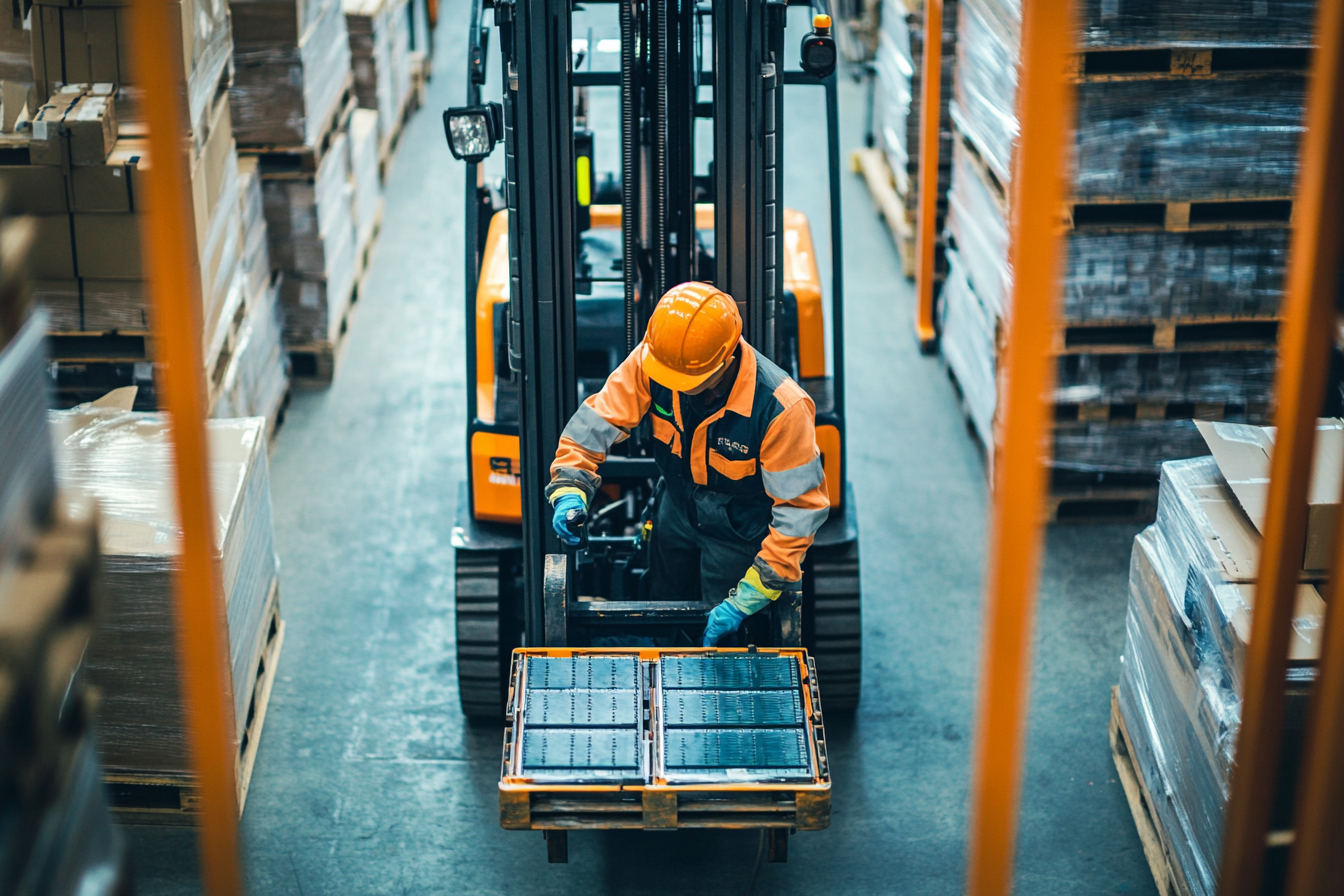
Lead-Acid Battery Reliability
In my early days working with warehouse operations, lead-acid batteries were the go-to solution. While they've been a reliable workhorse for decades, their performance can be inconsistent.
Through extensive monitoring at our client's facility, we found that lead-acid batteries typically maintain consistent performance for about 60-70% of their rated cycle life. After this point, capacity degradation accelerates, leading to decreased runtime and potential unexpected failures.
One significant factor affecting lead-acid reliability is the human element. These batteries require regular watering, equalization charges, and specific charging protocols. In busy warehouse environments, I've seen how easily these maintenance tasks can be overlooked, leading to premature battery failure.
Lithium-Ion Battery Reliability6
The shift to lithium-ion technology has been a game-changer in terms of reliability. When I introduced Eric to lithium-ion batteries for his forklift fleet, he was initially skeptical about the higher upfront cost. However, the results spoke for themselves.
Over a two-year trial period, we observed that lithium-ion batteries consistently delivered their rated capacity throughout their cycle life. The advanced battery management systems (BMS) in these batteries provide real-time monitoring and protection against common issues like overcharging or deep discharging.
One of the most impressive aspects I've noted is their ability to maintain performance even in extreme temperature conditions. Unlike lead-acid batteries, which can lose up to 50% of their capacity in cold environments, lithium-ion batteries maintain over 80% of their rated capacity even at temperatures as low as -20°C.
TPPL Battery Reliability
Thin Plate Pure Lead (TPPL) batteries occupy a middle ground in terms of reliability. In my experience working with various industrial clients, TPPL batteries offer improved reliability over traditional lead-acid but fall short of the consistency provided by lithium-ion.
During a recent project with a mid-sized logistics company, we found that TPPL batteries maintained consistent performance for about 80% of their rated cycle life. They demonstrated better resilience to incomplete charging cycles compared to flooded lead-acid batteries, a common issue in multi-shift operations.
However, it's worth noting that while TPPL batteries are more forgiving in terms of charging practices, they still require more attention than lithium-ion batteries to maintain optimal performance.
Three main battery types existTrue
The primary types are lead-acid, lithium-ion, and TPPL batteries.
Lithium-ion is the cheapestFalse
Lithium-ion batteries have a higher initial cost compared to lead-acid batteries.
What Factors Influence the Reliability of Forklift Batteries?
Through years of field experience and data analysis, I've identified several key factors that significantly impact battery reliability. Understanding these elements is crucial for optimizing your forklift fleet's performance and longevity.
The primary factors influencing forklift battery reliability include operational environment, charging practices, maintenance routines, and the quality of the battery management system. These elements can affect battery life by up to 40%, highlighting the importance of proper battery care and selection.
Let's delve into each of these factors to understand how they impact battery performance and longevity.
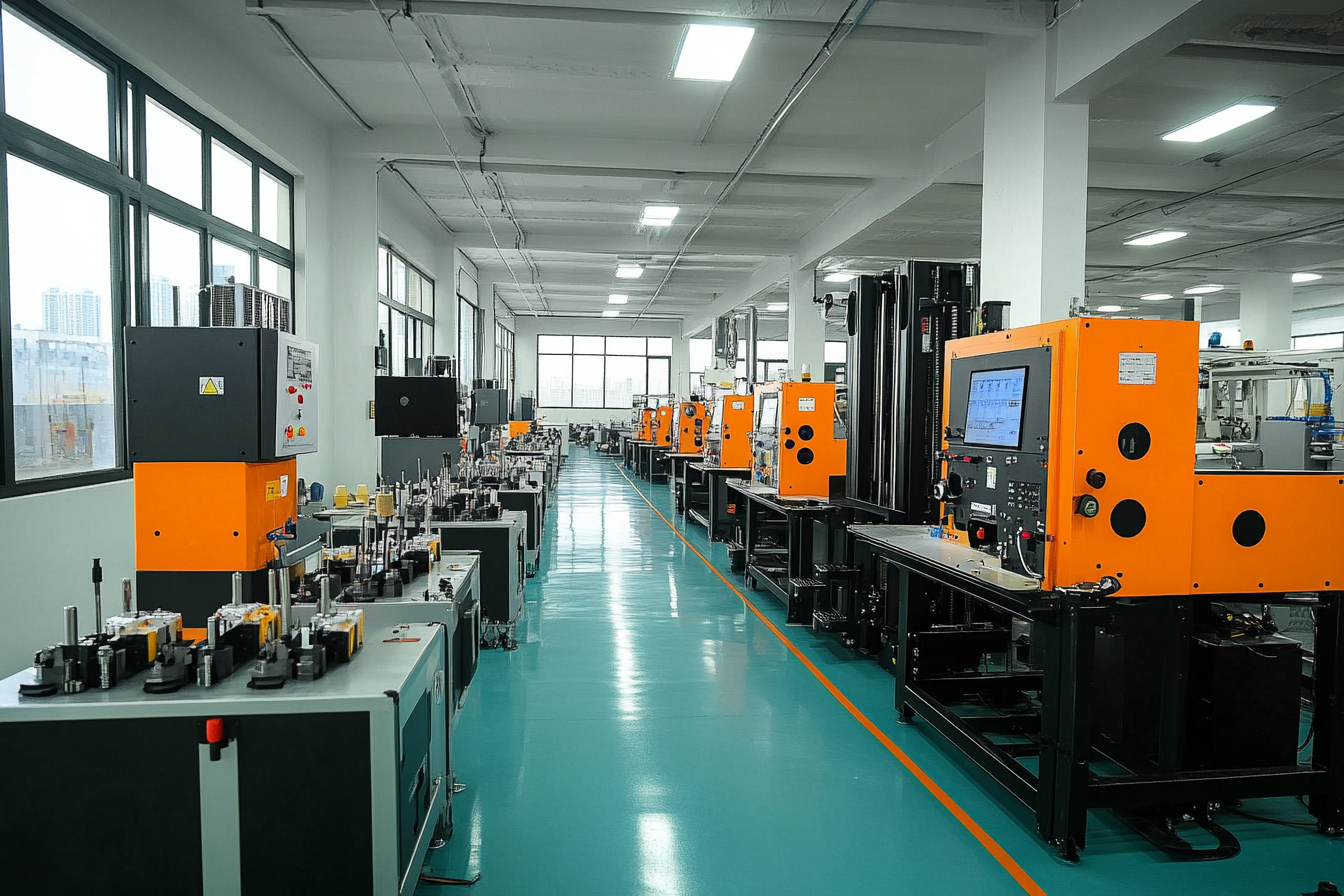
Operational Environment: The Hidden Reliability Factor
In my work across various industries, I've observed how dramatically the operational environment can affect battery reliability. Temperature, humidity, and even air quality play crucial roles in battery performance and longevity.
Temperature Extremes
Extreme temperatures are one of the most significant challenges to battery reliability. In a recent project with a cold storage facility in Melbourne, we found that lead-acid batteries lost up to 50% of their capacity in sub-zero temperatures. This not only reduced operational efficiency but also increased the risk of unexpected battery failures.
Lithium-ion batteries, on the other hand, demonstrated remarkable resilience. Even at temperatures as low as -20°C, they maintained over 80% of their rated capacity. This consistency in extreme conditions is why I often recommend lithium-ion solutions for operations in challenging environments.
Humidity and Dust
High humidity and dust levels can also impact battery reliability, particularly for lead-acid batteries. In a warehouse in tropical Queensland, we observed accelerated corrosion of battery terminals and increased self-discharge rates due to high humidity. This led to more frequent maintenance requirements and reduced overall reliability.
Sealed batteries, such as lithium-ion and some TPPL designs, offer better protection against these environmental factors. Their sealed construction prevents moisture ingress and reduces the impact of airborne contaminants on battery performance.
Charging Practices: The Lifeblood of Battery Reliability
Proper charging practices are crucial for maintaining battery reliability. Throughout my career, I've seen how incorrect charging can significantly reduce battery life and performance.
Opportunity Charging
The rise of multi-shift operations has led to increased reliance on opportunity charging – brief charging sessions during breaks or shift changes. While convenient, this practice can be detrimental to traditional lead-acid batteries if not managed correctly.
In a recent case study with a 24/7 distribution center, we found that improper opportunity charging reduced the lifespan of their lead-acid batteries by nearly 30%. The incomplete charge cycles led to sulfation, reducing battery capacity and reliability over time.
Lithium-ion batteries7, however, thrive on opportunity charging. Their ability to accept fast charges without degradation makes them ideal for operations requiring frequent top-ups. This flexibility is one of the reasons I often recommend lithium-ion solutions for high-intensity, multi-shift environments.
Depth of Discharge
The depth to which a battery is discharged before recharging also plays a crucial role in its long-term reliability. Through extensive data collection across various client sites, I've observed that consistently discharging lead-acid batteries beyond 80% can reduce their overall lifespan by up to 50%.
Lithium-ion batteries, in contrast, can handle deep discharges with minimal impact on their long-term reliability. This resilience provides greater operational flexibility and reduces the risk of unexpected battery failures during critical operations.
Lithium-ion has 98% uptimeTrue
Lithium-ion batteries maintain higher uptime rates compared to other types.
Lead-acid is more reliableFalse
Lead-acid batteries have lower uptime and require more maintenance.
What Are the Common Issues Faced with Various Forklift Batteries?
Throughout my career in industrial power solutions, I've encountered a wide range of battery-related issues across different forklift fleets. Understanding these common problems is crucial for maintaining operational efficiency and making informed decisions about battery selection.
The most prevalent issues with forklift batteries include premature capacity loss, sulfation in lead-acid batteries, thermal runaway risks in lithium-ion batteries, and electrolyte imbalances. These issues can reduce battery life by 20-50% and significantly impact operational reliability.
Let's explore these issues in detail and discuss how they affect different battery types.

Premature Capacity Loss: A Universal Challenge
Premature capacity loss is a concern across all battery types, though its causes and severity vary. In my experience working with diverse industrial clients, this issue often manifests as reduced runtime and unexpected power drops during operation.
Lead-Acid Batteries
For lead-acid batteries, premature capacity loss is often linked to sulfation – a process where lead sulfate crystals build up on the battery plates. I recall a project with a large warehouse in Brisbane where their lead-acid batteries were losing capacity at an alarming rate. Upon investigation, we found that inconsistent charging practices and prolonged periods of partial state of charge had accelerated sulfation.
To address this, we implemented a strict charging regimen and regular equalization charges. This intervention helped extend the batteries' useful life, but it highlighted the high maintenance requirements of lead-acid technology.
Lithium-Ion Batteries
While lithium-ion batteries are less prone to premature capacity loss, they're not immune to it. In a recent collaboration with a high-throughput distribution center, we noticed a gradual decline in their lithium-ion battery performance. Analysis revealed that extreme fast charging at high ambient temperatures was causing accelerated degradation of the battery cells.
By adjusting the charging protocols and improving the warehouse's temperature control, we managed to significantly slow down the capacity loss, demonstrating the importance of proper battery management even for advanced technologies.
Thermal Runaway: A Critical Safety Concern
Thermal runaway is a serious safety issue that can occur in batteries, particularly in lithium-ion systems if not properly managed. While rare, the consequences can be severe, making it a critical consideration in battery selection and management.
In my years of experience, I've only encountered one instance of thermal runaway in a lithium-ion forklift battery. It occurred in a warehouse where a battery had been damaged by a forklift collision and wasn't immediately taken out of service. The incident highlighted the importance of robust battery management systems and proper handling protocols.
Modern lithium-ion batteries, like those we provide at Joinsun, incorporate advanced safety features to prevent thermal runaway. These include multi-layer protection circuits, thermal fuses, and smart monitoring systems that can detect and prevent potential issues before they escalate.
Electrolyte Imbalance: A Lead-Acid Battery Nemesis
Electrolyte imbalance is a common issue I've observed in lead-acid batteries, particularly in flooded cell designs. This problem can lead to reduced capacity, uneven wear on battery plates, and ultimately, premature failure.
During a consultation with a mid-sized manufacturing plant, I found their lead-acid batteries were suffering from severe electrolyte stratification. The heavier acid had settled at the bottom of the cells, leading to uneven current distribution and accelerated corrosion of the lower portions of the plates.
To address this, we implemented a rigorous maintenance schedule that included regular equalization charges and electrolyte mixing. While effective, this solution underscored the high maintenance requirements of lead-acid technology – a stark contrast to the minimal maintenance needs of lithium-ion batteries.
Environment affects reliabilityTrue
Factors like temperature and humidity impact battery performance.
Charging practices don't matterFalse
Improper charging can significantly reduce battery life and reliability.
Which Type of Forklift Battery is Recommended for Optimal Reliability?
After years of hands-on experience and in-depth analysis of various battery technologies, I can confidently say that the choice of forklift battery has a profound impact on operational reliability and efficiency.
For optimal reliability in most industrial applications, I strongly recommend lithium-ion batteries8. Their superior cycle life, consistent performance across varying conditions, minimal maintenance requirements, and advanced safety features make them the top choice for modern forklift operations.
Let me share some insights from my recent work with Eric, the operations manager at an Australian forklift manufacturing company, to illustrate why lithium-ion technology stands out.

The Lithium-Ion Advantage
When Eric approached me about improving the reliability of their forklift fleet, I suggested a trial run with lithium-ion batteries. Initially skeptical due to the higher upfront cost, Eric agreed to equip a portion of their fleet with our Joinsun lithium-ion batteries.
Consistent Performance
Over a six-month trial period, we monitored the performance of both lithium-ion and lead-acid batteries in Eric's warehouse. The results were striking. The lithium-ion batteries maintained consistent power output throughout their shifts, even during peak demand periods. In contrast, the lead-acid batteries showed noticeable performance drops, especially towards the end of their cycles.
This consistency translated into tangible benefits. Eric reported a 15% increase in productivity for forklifts equipped with lithium-ion batteries, as operators no longer had to swap batteries mid-shift or deal with reduced power output.
Reduced Maintenance and Downtime
One of the most significant advantages we observed was the minimal maintenance required for lithium-ion batteries. Unlike the lead-acid batteries that required regular watering, equalization charges, and terminal cleaning, the lithium-ion batteries needed virtually no maintenance.
This reduction in maintenance needs led to a dramatic decrease in downtime. Eric's team calculated that they saved an average of 2 hours per week per forklift in maintenance-related downtime by switching to lithium-ion batteries.
Improved Safety and Environmental Impact
Safety is a paramount concern in any industrial operation. The sealed design of lithium-ion batteries eliminated the risk of acid spills, a common hazard with lead-acid batteries. Additionally, the advanced battery management systems in our Joinsun batteries provided real-time monitoring and protection against issues like overcharging or overheating.
From an environmental perspective, the longer lifespan and recyclability of lithium-ion batteries aligned well with Eric's company's sustainability goals. The reduced need for battery replacements meant less waste and a lower overall environmental impact.
Cost Considerations
While the initial investment in lithium-ion batteries is higher, Eric found that the total cost of ownership over the battery's lifecycle was actually lower than that of lead-acid batteries. The combination of longer lifespan, reduced maintenance costs, and improved operational efficiency offset the higher upfront cost.
In Eric's case, the return on investment was realized within 18 months, with projected savings continuing to accrue over the batteries' extended lifespan.
Sulfation affects lead-acidTrue
Lead-acid batteries can suffer from sulfation, reducing their capacity.
Thermal runaway is commonFalse
Thermal runaway is rare, especially with modern lithium-ion battery systems.
Conclusion
In my 15 years of experience in the industrial power solutions sector, I've seen battery technology evolve significantly. While each battery type has its place, lithium-ion batteries have consistently proven to be the most reliable option for modern forklift operations.
-
Discover why lithium-ion batteries are preferred for forklifts ↩
-
Compare the features of lithium-ion and lead-acid batteries ↩
-
Learn about the performance benefits of lithium-ion batteries ↩
-
Explore features that make lithium-ion batteries ideal for forklifts ↩
-
Understand the reliability advantages of lithium-ion batteries ↩
-
Find out how lithium-ion batteries perform in harsh environments ↩
-
Learn about the advantages of opportunity charging for lithium-ion batteries ↩
-
Discover the comprehensive benefits of lithium-ion batteries for forklifts ↩

